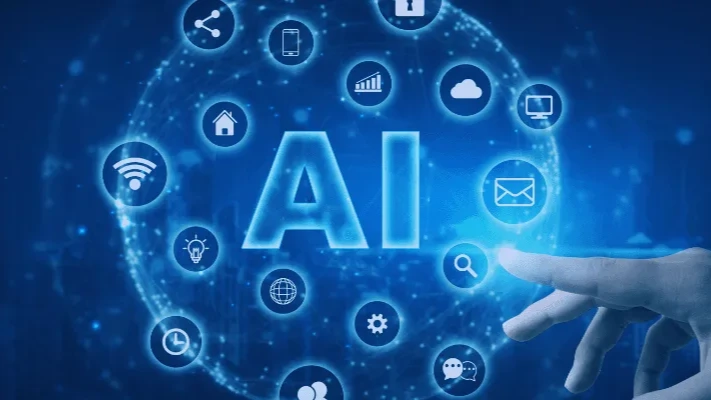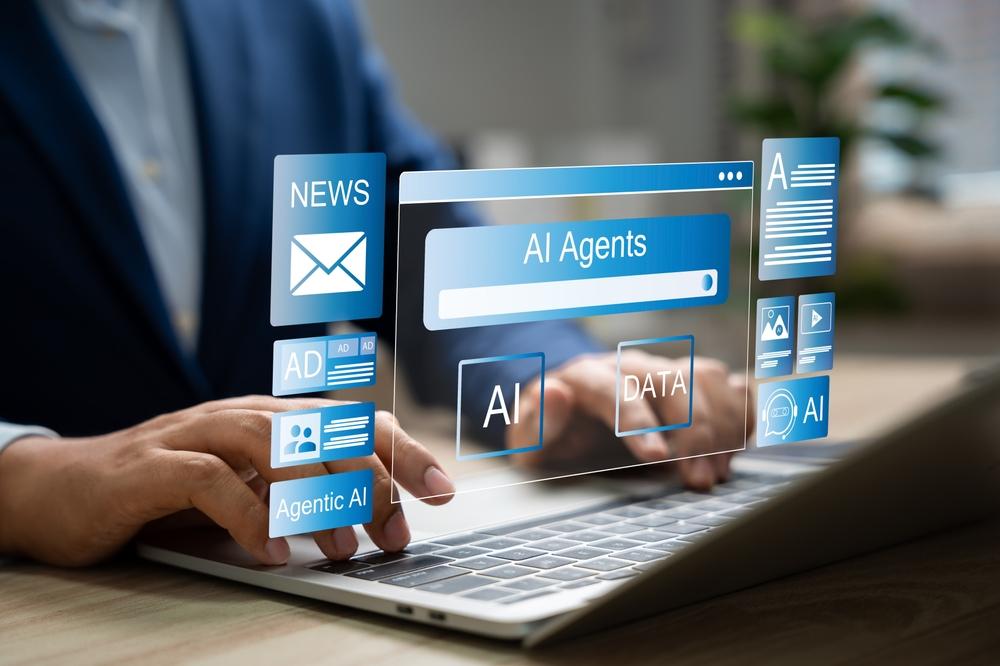
Build a personal portfolio website from scratch — Done
Plan your next trip and make travel arrangements — Done
Find the best smartphones, compare options, and place the order — Done
These are just a few of the possibilities unlocked by the coming era of agentic AI. It is autonomous. It is contextually aware. It makes adaptive decisions. And it is the future. This marks a step beyond Generative AI.
Generative AI Vs. Agentic AI: The Difference
Gen AI tools such as ChatGPT, Google Gemini, and Claude use machine learning models to create content such as text, images, video, audio, or even code. However, they require training, accurate prompts, and timely access to real-time data. Gen AI is a powerful assistant, no doubt, but it has its limitations.
This is where Agentic AI shines. Unlike Gen AI, it doesn’t just follow instructions. It understands goals, navigates uncertainty, and takes strategic initiative with minimal human intervention. Isn’t this both exciting and nerve-wracking at the same time? And what could be the impact of Agentic AI on our lives? Let’s explore this in further sections.
How Will Agentic AI Transform Businesses?
Agentic AI redefines how business decisions are made at scale. It can help boost productivity, deliver more informed suggestions, and facilitate proactive collaboration across teams. Some of its impressive examples and industry use cases include:
1- Better Experience for the Customers
Would it be incorrect to say that late food deliveries, groceries, or delayed e-commerce gadget orders can leave us frustrated? And while many such digital businesses now have integrated AI-based responsive systems to manage increased customer queries or complaints, these systems are not contextually aware. It’s a pain to get them to understand the situation, and most of the time, the responses appear robotic. And it takes forever to connect with the real human. This can further irritate customers. A reward or an apology may not really work after such a troublesome experience.
But with Agentic AI, this can change. It has the capability to manage complex customer queries from start to resolution without requiring human escalation. It can triage tickets, detect sentiment, and trigger personalized solutions based on user history. Does that mean the human customer support team will become extinct?
Not quite! They’ll continue to play a critical role, especially in emotionally sensitive, high-risk, or non-standard edge cases that require empathy, creative problem-solving, and nuanced judgment.
2- Faster Code Delivery
Writing the best code possible may not be a stressful process. But manual reviews and endless bug fixes can easily drain your team’s momentum. That’s why Gartner predicts that by 2027, 80 percent of enterprises will have integrated AI-augmented testing tools into their SDLC, a significant increase from approximately 15 percent in 2023.
We won’t get into whether this will unfold exactly as predicted or to what extent. But one thing is certain: with Agentic AI, development teams can streamline repetitive tasks, monitor CI/CD pipelines in real time, and maintain clearer, more efficient codebases. You get a vigilant co-pilot that handles the grunt work, such as detecting inefficiencies and flagging critical issues early. So, where does that leave developers?
They no longer need to spend time on repetitive tasks. Instead, they can finally focus on what truly matters: building new features, moving fast, and delivering high-quality code with confidence.
3- Accelerating Marketing and Sales Leads Conversion
Marketing and sales teams are juggling data more than ever. And the road from acquiring a lead to qualifying and converting it is often bumpy and uncertain. Marketing managers are overwhelmed by dashboards, constantly switching between tools and chasing performance metrics that change frequently. They need to nurture, educate, and take proactive steps to secure a customer.
Meanwhile, sales teams are busy pursuing new prospects, building relations, and managing existing customer expectations. To convert more leads faster, they need timely, personalized insights. In a high-volume environment, this isn’t easy to achieve manually. This is where Agentic AI makes a difference. Learn how in our blog.
Let’s see this in action through a few examples:
- Scenario A: Anticipate when an existing customer might drop off. With so many similar options available, it takes just one reason for a customer to switch. Tracking this manually is nearly impossible. Agentic AI identifies customers who are likely to disengage and enables proactive steps to retain them. These can include timely nudges such as tailored messages or personalized offers and deals. Marketers can leverage them to convert more leads.
- Scenario B: Identify hot leads with high conversion potential. Agentic AI highlights the prospects who are most likely to convert. With behavior-based insights and targeted messaging, your sales team can prioritize the most promising leads and take more strategic steps to close deals.
Conclusion:
And this is just the beginning. Agentic AI also brings value across product development, security, operations, management, and more. As it continues to evolve and grow more intelligent, its range of use cases will only expand. The results may even surpass the current hype. To stay relevant and make the most of this shift, continuous learning and upskilling will be crucial.






